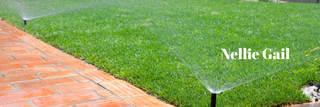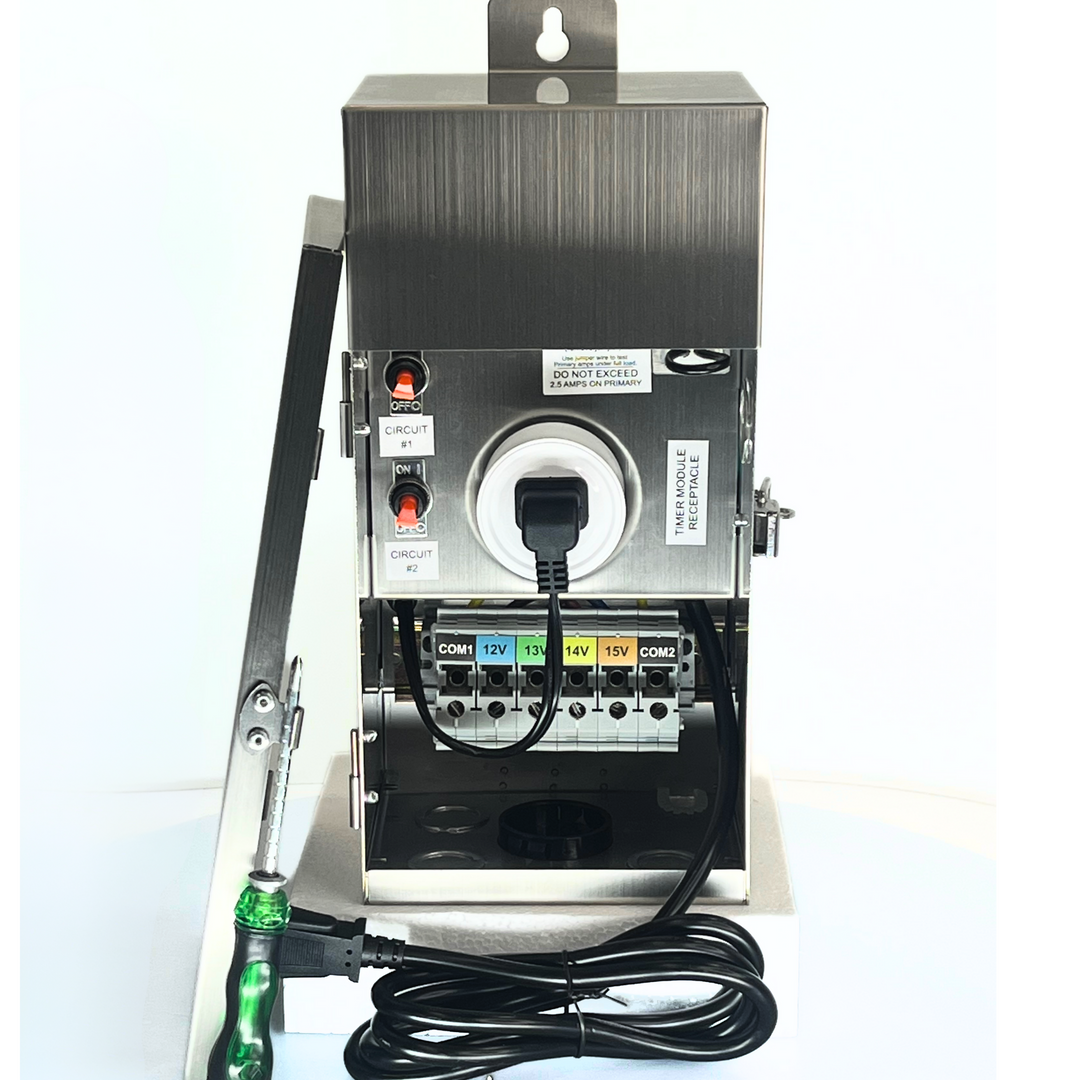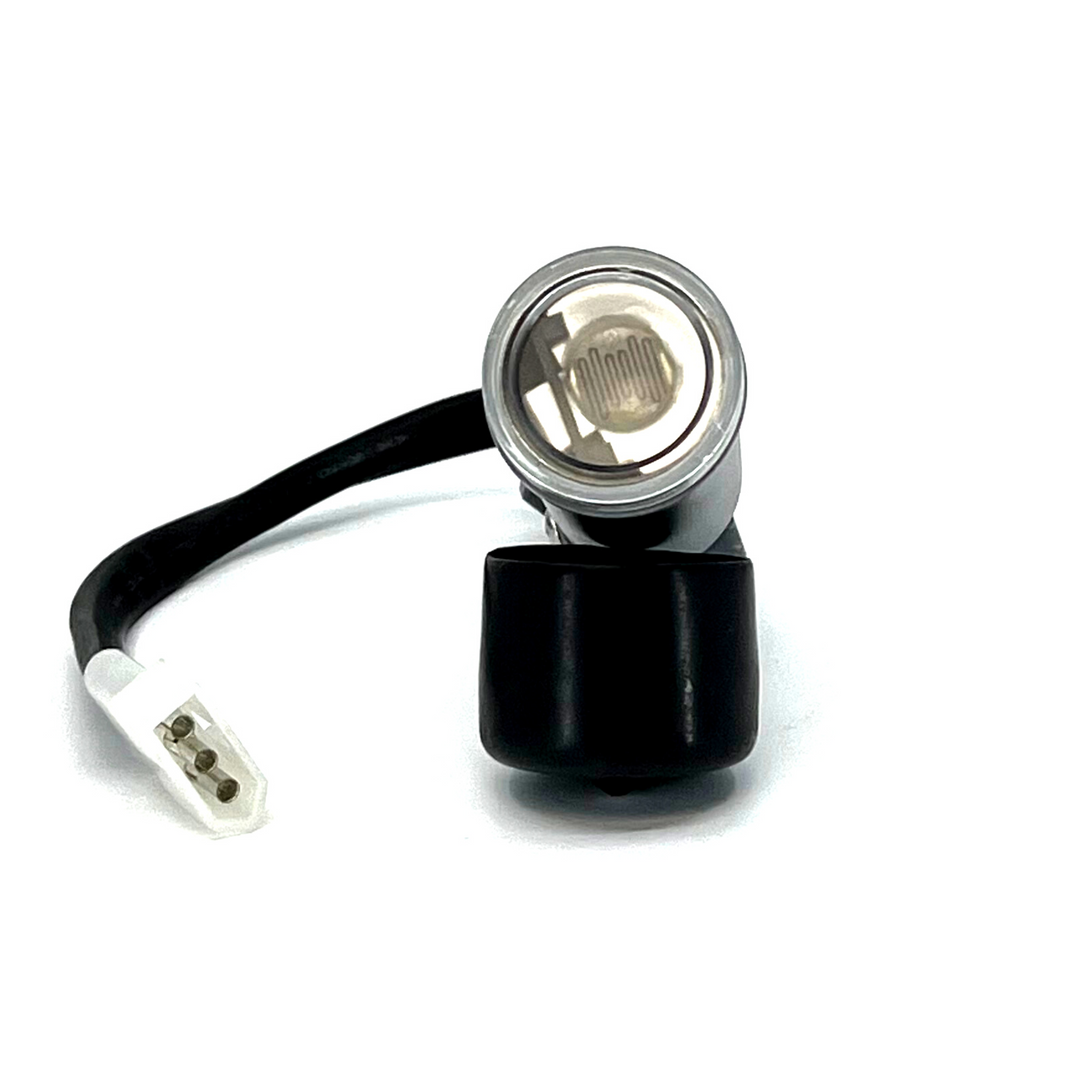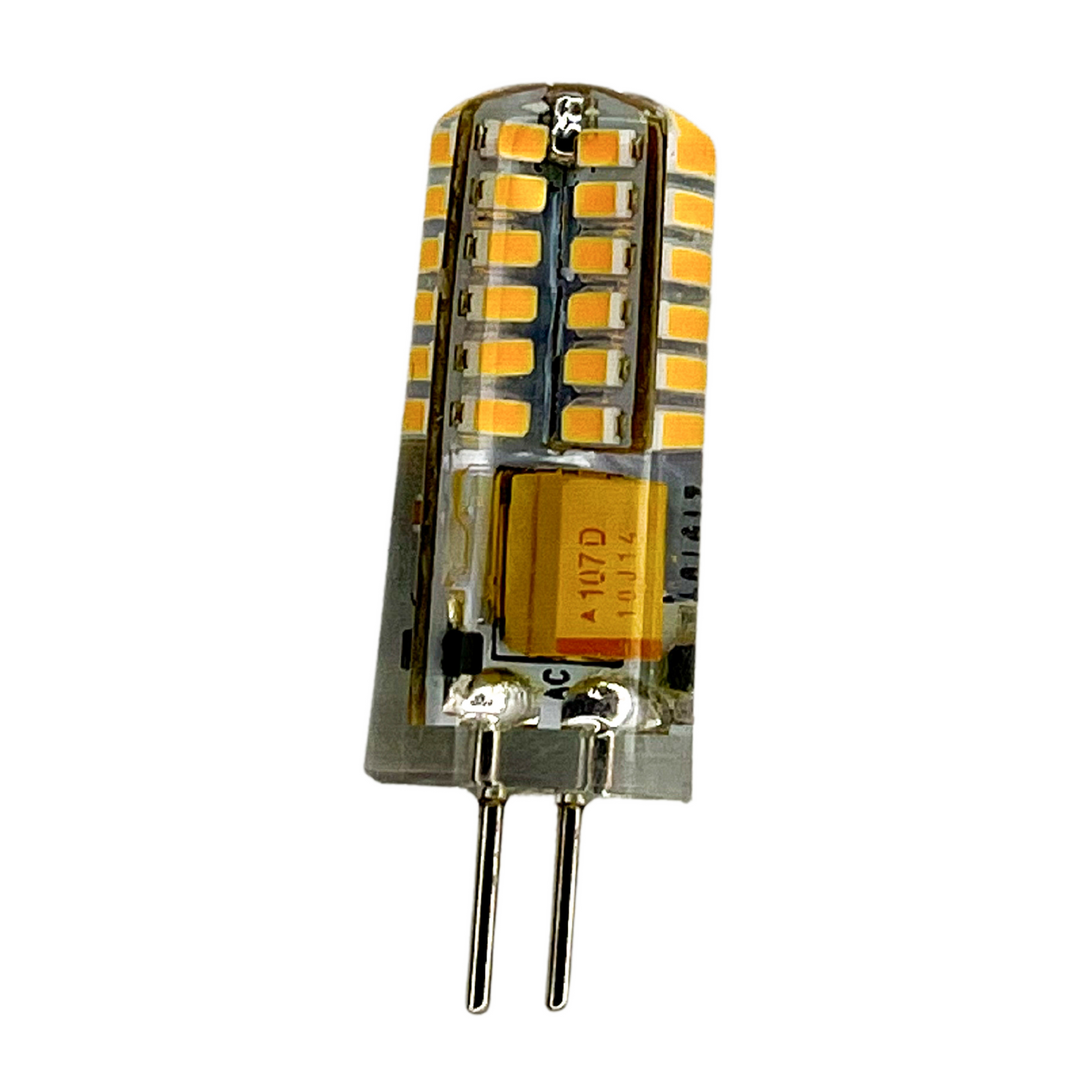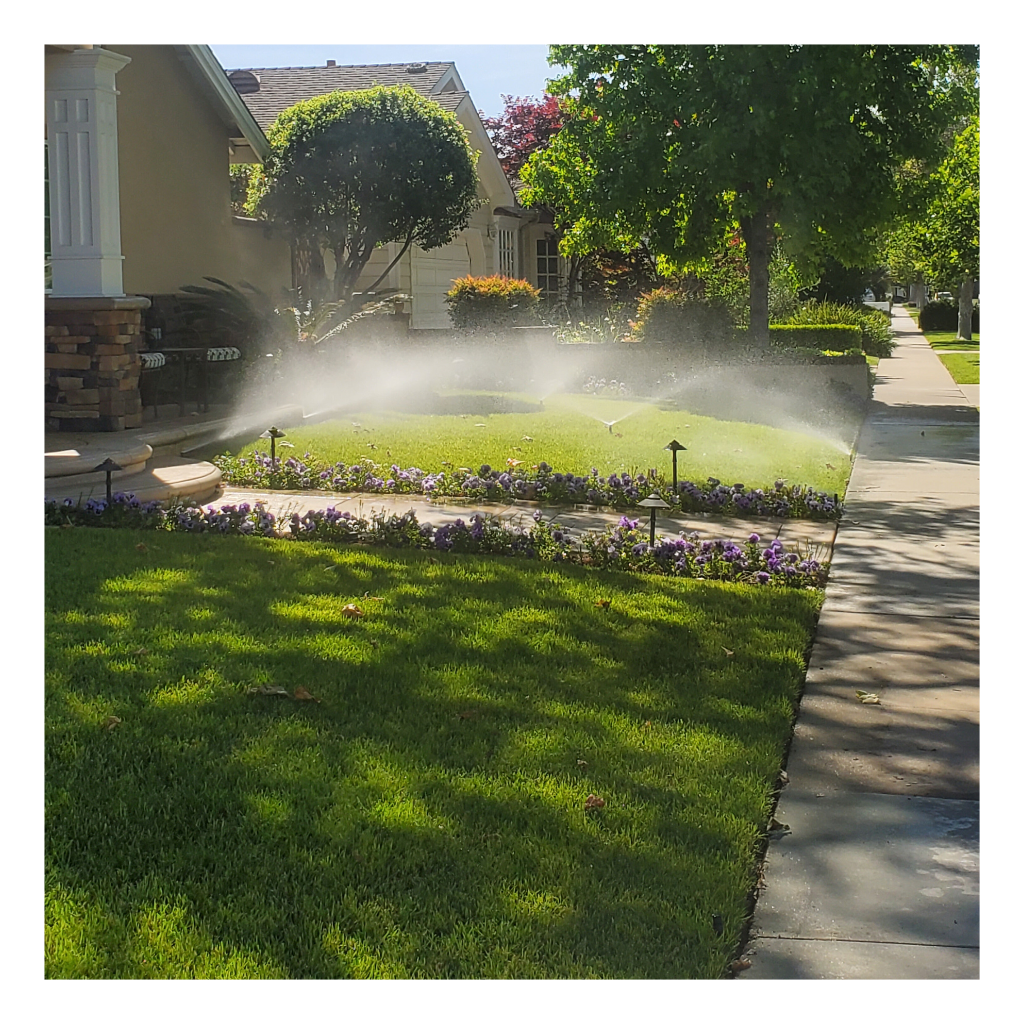
Tips for Maintaining Your Automatic Sprinkler System
|
|
Time to read 6 min
Maintaining your automatic sprinkler system is crucial to ensure that it works efficiently and effectively, and to prevent costly repairs down the line. Here are some tips from Top Notch to help you keep your sprinkler system in top-notch condition
The Basics of Maintaining an Automatic Sprinkler System
Maintaining an automatic Sprinkler System is crucial to keep it functioning properly, and to prevent leaks or other issues during the summer. Although an automatic sprinkler system provides various benefits, such as setting a timer to water your lawn and saving water, it requires some level of maintenance to ensure its flawless performance. You don't need to have specialized knowledge to perform these maintenance tasks. Here are some simple things you can do to maintain your automatic sprinkler system and ensure that your plants and lawn receive the water they need:
-
Regularly check and clean the sprinkler heads to prevent clogging and ensure even distribution of water.
-
Inspect the water pressure to make sure it's not too high, which can cause damage to the system, or too low, which can result in uneven watering.
-
Check for leaks in the system, both above and below ground, and repair them as soon as possible to prevent water waste and damage to your lawn.
-
Adjust the sprinkler heads to avoid watering sidewalks, driveways, or other non-landscaped areas.
- Test the system periodically to make sure all zones are functioning correctly and adjust the settings as needed.
By performing these simple maintenance tasks, you can keep your automatic sprinkler system in good working order, save water, and ensure that your lawn and plants stay healthy and green all summer long.You have probably heard about all of the great benefits of having an automatic sprinkler system: setting a timer to water your grass and other plants, water conservation, and more. However, all of this convenience and cost savings comes with a small price tag: maintenance. No matter what type of automatic sprinkler system you choose to install, there will be some level of maintenance that you will need to perform in order to ensure that your system works flawlessly all summer long and that you won't be plagued with leaks and other issues after a long, hard winter.
Know how long it takes your sprinkler to water an inch.
To ensure that your automatic sprinkler system is delivering the right amount of water to your landscape, it's important to familiarize yourself with its ability to provide one inch of water to the various zones. You can either purchase a water gauge or use a can or other water collection device to measure the time it takes for your system to deliver one inch of water. It's recommended to perform this process several times throughout the summer to ensure that your system is delivering consistently.
If you notice an extension in time, it could be an indication that something is wrong with your system and should be checked. It may be due to clogged sprinkler heads, leaks, or incorrect water pressure, among other issues. By identifying and addressing these issues early on, you can prevent water waste and damage to your lawn or plants.
Regularly monitoring your system's ability to provide one inch of water is a simple yet effective way to ensure that your automatic sprinkler system is working properly and providing the right amount of water to your landscape.
Set it, but don't forget it!
One of the key benefits of using an automatic sprinkler system is that it works on a timer, freeing you from the need to turn the system on and off manually. However, it's important to remember that the length of the day changes over the course of the summer, and as a result, you need to adjust your watering time accordingly to provide the best possible benefit to your landscape.
As the days get longer and hotter, your lawn and plants will need more water to stay healthy and green. Conversely, as the days get shorter and cooler, they will require less water. By adjusting your sprinkler system's timer regularly throughout the summer, you can ensure that your lawn and plants are receiving the optimal amount of water they need to thrive.
It's important to note that different types of plants have different watering needs, so be sure to adjust your sprinkler system's timer accordingly and group plants with similar watering needs in the same zone. By taking the time to adjust your sprinkler system's timer and grouping plants with similar watering needs, you can save water, prevent overwatering or underwatering, and keep your landscape looking lush and healthy
Regularly inspect your overall watering system for leaks, broken lines or misdirected sprinkler heads.
Taking a few minutes once or twice a month to walk your property and check your automatic sprinkler system for leaks, malfunctioning sprinkler heads, and other issues is a simple yet effective way to ensure that your system is working properly and prevent costly repairs down the line. By catching these issues early and making the necessary repairs, you can save yourself tons of money in the long run, both in terms of equipment and water costs.
Leaking pipes, sprinkler heads that aren't functioning properly, and other issues can result in water waste and damage to your lawn or plants. By regularly checking your system and making repairs as needed, you can prevent these issues from occurring and ensure that your system is working as efficiently as possible.
Additionally, catching these issues early can help you save money on your water bill. Even a small leak can result in hundreds or thousands of gallons of water wasted over the course of a month, which can add up quickly. By fixing leaks and other issues promptly, you can reduce your water usage and save money on your bill.
Taking the time to walk your property and check your automatic sprinkler system regularly can help you save money, prevent water waste, and keep your lawn and plants healthy and green.
Get your back flow checked.
Most automatic sprinkler systems have a backflow connection that must be checked at least once per year to ensure that the water flowing through the system is safe and free from any contaminants. Depending on your state, you may be required to have your system professionally inspected and certified, or you may be able to do it yourself. It's important to check with your local water provider to learn more about the specific requirements in your area.
Backflow prevention devices are designed to prevent contaminated water from flowing back into the main water supply. Over time, these devices can wear out or become damaged, which can compromise their effectiveness. By having your backflow prevention device checked and serviced regularly, you can ensure that your system is working properly and that the water flowing through it is safe for your lawn, plants, and family.
If you're not sure how to inspect your backflow prevention device, it's recommended to hire a professional like Top Notch to do the job. They will have the knowledge and expertise needed to ensure that your system is working properly and that your water supply is protected.
Our Recommendation
While not strictly a maintenance task, installing a rain sensor can provide numerous benefits for your automatic sprinkler system. A rain sensor can prevent your sprinkler system from engaging when there is already moisture present, which helps conserve even more water than before and can save you money on your water bill. Additionally, it can help prevent overwatering and water waste, which can result in a healthier and more vibrant landscape.
To ensure that your rain sensor is working properly, it's important to keep it free of debris and ensure that it's in good working condition. Over time, rain sensors can become damaged or worn out, which can compromise their effectiveness. Regularly inspecting your rain sensor and making repairs or replacements as needed can help ensure that it's working properly and that you're getting the most benefit from it.
Installing a rain sensor is a simple yet effective way to conserve water, save money, and keep your landscape healthy and vibrant. By keeping your rain sensor in good working condition and ensuring that it's free of debris, you can get the most benefit from this valuable tool.







